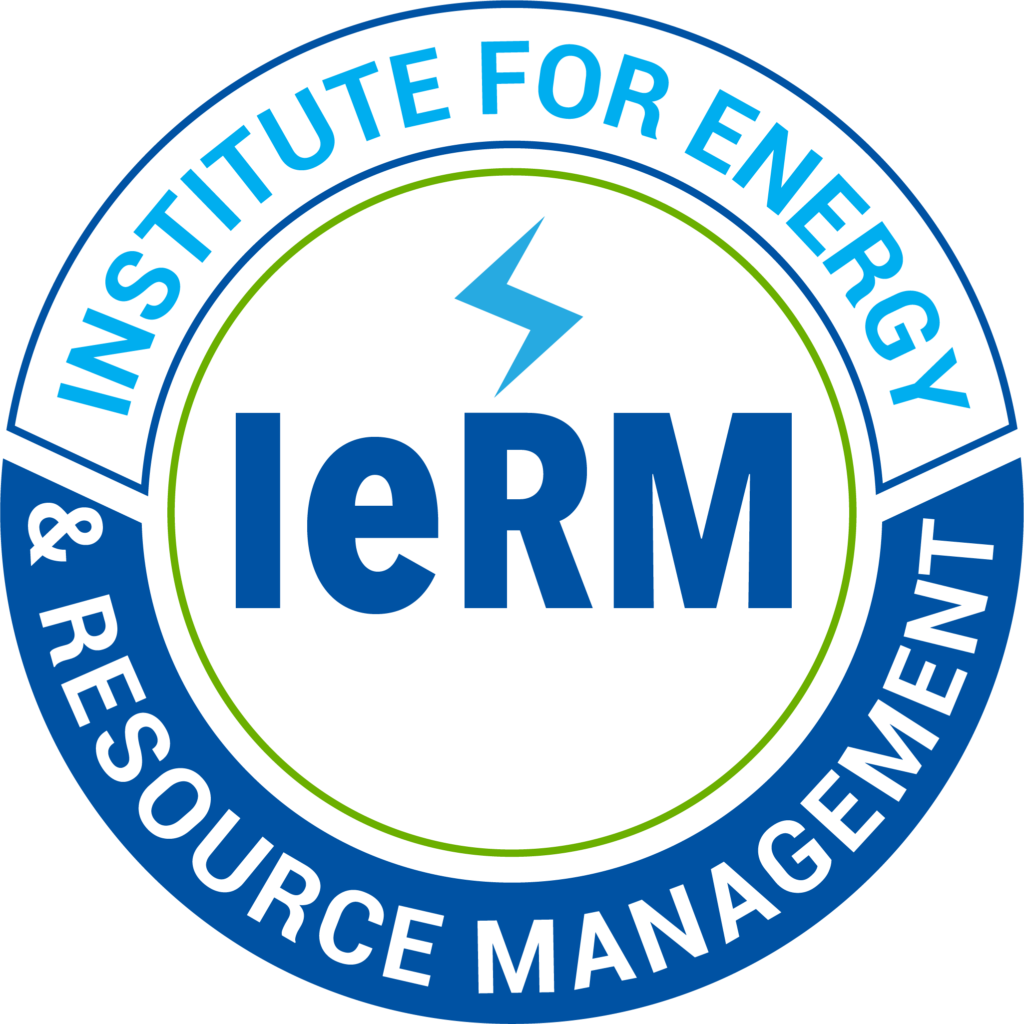… But San Francisco is still far from achieving the goal it set 16 years ago when it pledged it would achieve “zero waste”—and no longer need landfills—by 2020. Today, it’s nowhere close to that goal. No city is. Though it is a leader in the U.S. at recycling and composting, San Francisco is in a predicament common among American cities, whose residents are growing increasingly vexed by their role in creating vast amounts of garbage and their struggle to control where it’s ending up
….Then the progress stopped. San Francisco’s trend lines plateaued and even reversed a bit. By last year, its diversion rate had slipped to 51 percent.




